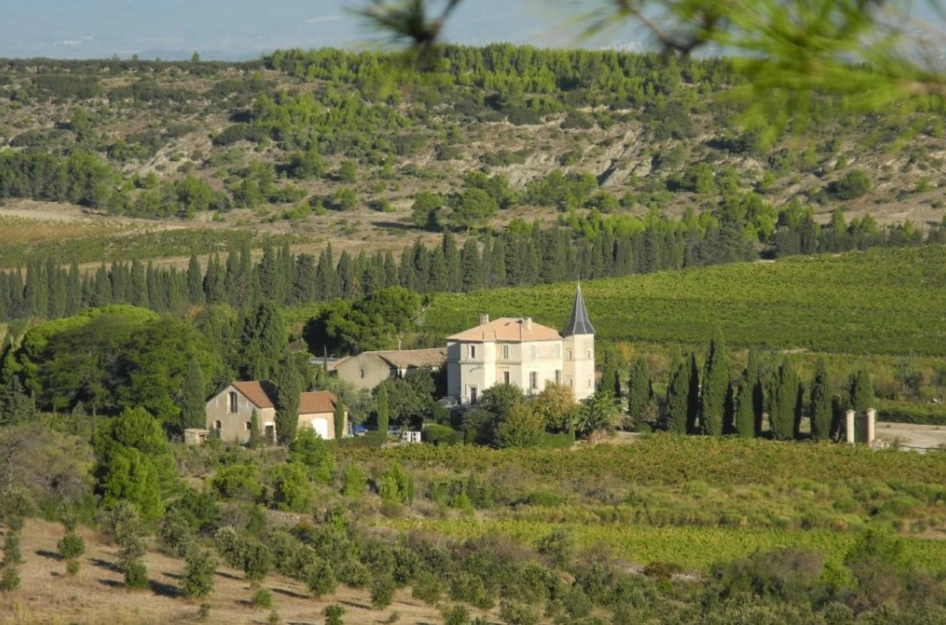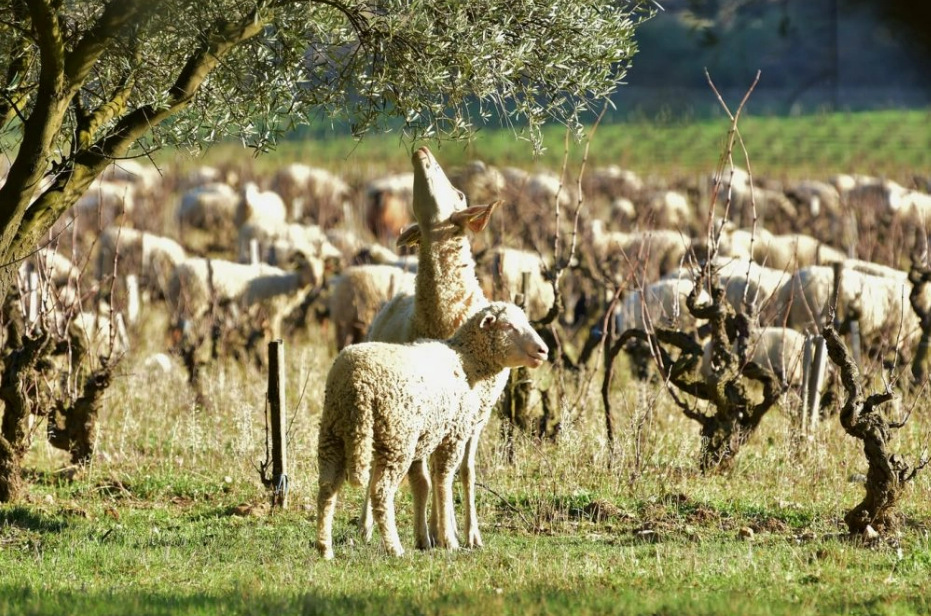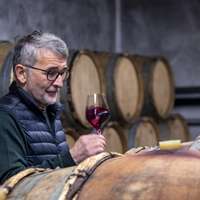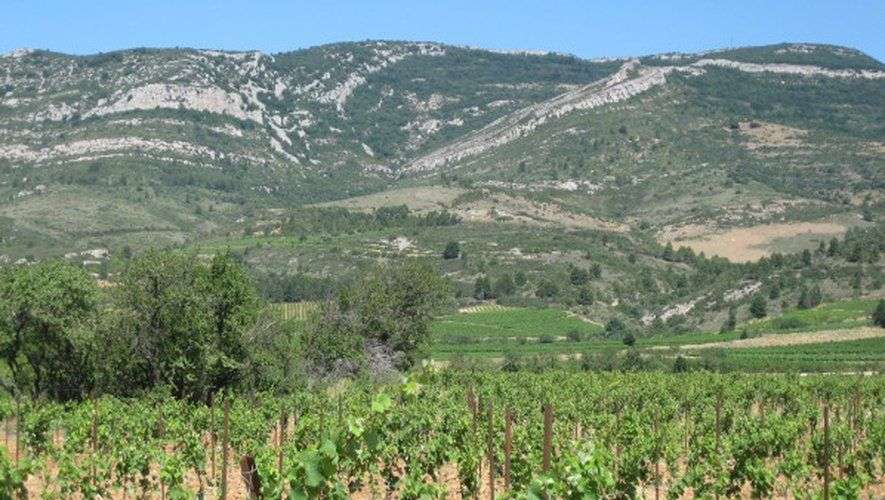The history of Bruno Lafon and of Bruno Lafon Selection has been linked to the Languedoc region for several years now, and it has always been an important region for us: Bruno Lafon moved there in the 1990’s, and became the owner of Domaine Magellan.
We believe in the potential of the Languedoc region, and as we are eager to always bring new and qualitative wines in our portfolio, we would like to introduce a new estate to you with a very particular history, in the heart of the Corbières area: Château La Baronne.

Château La Baronne is the story of a family of doctors who became winegrowers, or the other way around, we don't really know! Louis Ligneres founded the estate in 1890 and today, it is his great grandson Jean Ligneres, also a doctor, and his wife Anne, a hydrologiste, who are at the head of the estate. The estate is in Moux, West of Carcassonne and at the foothill of the Montagne d'Alaric: this place has an exceptional terroir for vine growing. It is an imposing clay-limestone mass, and thus represents a vast reservoir of underground water: this water is a real blessing in the face of the local Mediterranean climate, dry, hot and very windy.
The vines of the estate are planted between 100 and 200 m of altitude on a great diversity of terraces, valleys and gravel hillsides. The soils come from limestone, clay and sandstone formations, mainly from the Tertiary and Quaternary periods.
Because of their complementary activities to those of the vineyard, Jean and Anne are extremely sensitive to the environment: they certified the domain in organic agriculture in 2007, followed by a certification in biodynamic agriculture in 2012. In addition to this, they have really reinvested the fauna in their vineyards, with more than 250 bird and bat boxes, stone piles and hedges, and the arrival of sheep in the vineyard, from November to February.

Together, they have created a true ecosystem, in the heart of the Languedoc.
In the vineyard, the grapes are harvested by hand, and by parcels. Then in the cellar, each parcel is** vinified separately and with indigenous yeasts**, with very little sulfur and no inputs! The wines are matured in tanks (concrete or stainless steel), oak barrels, as well as in jars and ceramic eggs, depending on the goal of the cuvee.
Three of the highlights from our tasting:
Les Chemins Blancs, a blend of Vermentino, Grenache Blanc and Roussanne in the Corbières appellation, which is made like an orange wine: it has very floral aromas, with a round but very tense mouthfeel, and a rather saline finish. It came as a surprise to us, and we really enjoyed it!

The red version of Les Chemins is made from old Carignan and Grenache grapes with some younger Syrah and Mourvèdre grapes, and has a very powerful structure: the aromas are rather concentrated and very fruity, representative of the sunshine that this region possesses.

The flagship cuvee, Les Lanes, is made from very old Carignan and Grenache grapes, and has a rather fruity style and a nice tense structure, where the sunny and warm climate is expressed.

This is just a small sample of what the estate can produce, and we are delighted to find such gems. We like to share their story with you, and our greatest pleasure remains for you to have these bottles in your hands!
Added Recently
Domaine pinon, champagne gounel-lassalle & domaine loew : prepring the bubble season..
Vouvray domaine pinon, best-seller btg, and paul autard, new in our portfolio!..
Focus on our italian growers : tenuta cappellina, cecilia zucca, monti cecubi..
Meet Bruno

When I worked in the family Domaine in Meursaut in the 80s, I had the good opportunity to meet
Alain Chapel, an incredible chef who in turn, inspired a generation of chefs. Twice a year, Alain would
invite winemakers for what one could say..

